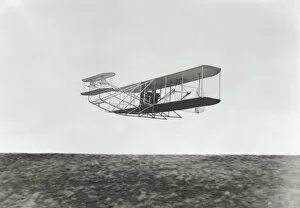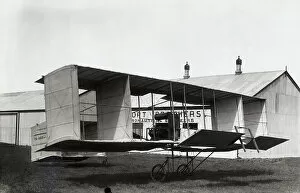Canard Wing Collection
The canard wing, a revolutionary design element in aviation history, has played a significant role in shaping the development of aircraft
All Professionally Made to Order for Quick Shipping
The canard wing, a revolutionary design element in aviation history, has played a significant role in shaping the development of aircraft. From the early days of flight to modern times, this unique configuration has been utilized by various pioneers and engineers. One of the earliest a they are be seen on the Voisin Bird of Passage biplane. This French aircraft, built in 1907, featured a forward-mounted horizontal stabilizer that acted as both elevator and front wing. The innovative design allowed for improved stability during flight. The Wright Flyer, famously known as the first successful powered airplane, also incorporated a canard wing configuration. Developed by Orville and Wilbur Wright in 1903, their iconic aircraft had both front and rear wings with movable surfaces for control. The inclusion of a canard wing greatly enhanced maneuverability and control during flight. Another notable mention is the Eardley Biling Oscillator which employed an oscillating canard wing system. Designed in 1910 by British engineer John William Dunne, this experimental aircraft showcased exceptional stability through its unique configuration. In later years, the Voisin biplane further exemplified how effective the use of a canard wing could be. Introduced in 1912 by French aviators Gabriel and Charles Voisin, this versatile aircraft boasted excellent maneuverability due to its well-balanced combination of main wings and forward-mounted elevators. Fast-forwarding to more recent times brings us to the Lockspieser LDA-1 Land Development Aircraft - an unconventional plane featuring twin engines mounted on top with two small forewings acting as stabilizers or "canards. " This design choice provided increased lift capacity while maintaining stability during low-speed operations such as crop dusting or aerial surveying. Throughout aviation history we have witnessed numerous iterations utilizing variations of this remarkable concept pioneered by none other than Orville and Wilbur Wright themselves.






